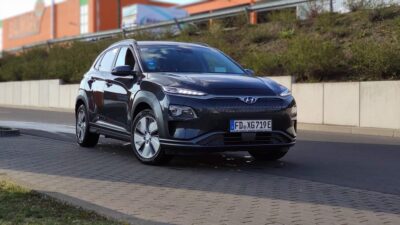As urban populations continue to swell and technology evolves, the concept of the smart city has emerged as a critical framework for addressing the myriad challenges faced by modern metropolises. Central to this evolution is the integration of autonomous vehicles (AVs), which hold the potential to transform not just transportation, but the very fabric of urban living.
What is a Smart City?
A smart city leverages digital technology and data analytics to enhance the quality of life for its residents. This concept encompasses various elements, including sustainable energy systems, efficient waste management, enhanced public safety, and, importantly, a seamless transportation network. The role of AVs in this ecosystem is prominent, promising to bring a host of benefits while also posing unique challenges.
The Promise of Autonomous Vehicles
-
Reduced Traffic Congestion: AVs communicate with each other and their environment, optimizing driving patterns and reducing traffic congestion. By employing algorithms that can predict traffic flow and adjust routes accordingly, autonomous vehicles can dramatically decrease the frequency of bottlenecks.
-
Enhanced Safety: Human error is a leading cause of traffic accidents. AVs are equipped with advanced sensors and artificial intelligence, enabling them to react faster than humans. This technology is expected to save lives and lower the incidence of injuries by implementing stricter adherence to traffic rules.
-
Sustainability: AVs can be programmed to drive more efficiently, leading to reduced fuel consumption and lower emissions. By integrating electric or hybrid vehicles into urban fleets, cities can significantly decrease their carbon footprint and promote cleaner air quality.
- Improved Accessibility: AVs can provide mobility solutions for those unable to drive, including the elderly and disabled. This creates an inclusive transit environment and fosters greater independence for all citizens.
Challenges of Integration
While the benefits of AVs are compelling, integrating them into smart city infrastructures is fraught with challenges:
-
Infrastructure Adaptation: Existing road infrastructure may require significant upgrades to accommodate AV technology. This includes smart traffic signals, dedicated lanes, and charging stations for electric vehicles.
-
Data Security and Privacy: The reliance on data for AV functionality raises concerns about cybersecurity and the protection of personal information. Smart city planners must prioritize robust security measures to protect both the vehicles and the data they generate.
-
Regulatory Framework: Policymakers must craft regulations that balance innovation with safety. This may involve integrating AVs into public transportation systems, establishing liability laws, and developing standards for operational safety.
- Public Acceptance and Trust: Gaining public trust in AV technology is crucial. Education campaigns and community engagement will be essential in addressing concerns and misconceptions about the safety and reliability of autonomous vehicles.
The Road Ahead: Collaborative Efforts
The successful integration of AVs into smart city frameworks demands a multi-faceted approach involving collaboration between various stakeholders:
-
Governments: Local, state, and federal authorities must create supportive policies that encourage innovation while ensuring community safety.
-
Private Sector: Tech companies and automotive manufacturers play a key role in research and development. Their collaboration with city planners can result in solutions tailored to specific local needs.
-
Community Input: Engaging citizens in the planning process ensures that the needs and concerns of the populace are addressed, fostering a sense of ownership and acceptance.
- Public Transportation: Integrating AVs into existing public transport systems can create a cohesive mobility network, making daily commutes both more efficient and environmentally friendly.
Conclusion
The potential impact of autonomous vehicles on the development of smart cities is immense. With careful planning, thoughtful regulation, and active public engagement, the integration of AVs into urban infrastructure can facilitate a dramatic transformation in how cities function, ultimately enhancing the quality of life for all inhabitants. As we move toward a future where technology and urban living become increasingly intertwined, the need to strategize our approach to both innovation and sustainability remains paramount. The journey is just beginning, but the road ahead is filled with promise.



